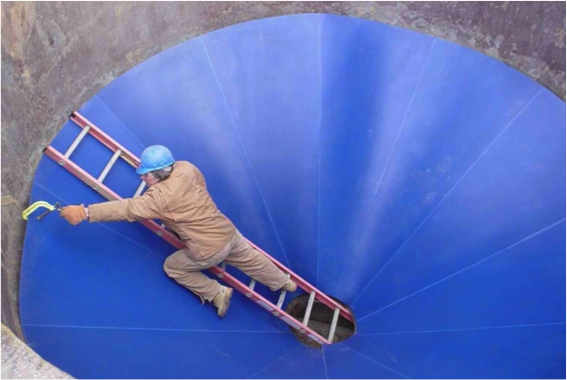TIVAR 88® Solutions start with Lawrence Industries
TIVAR 88 is a low coefficient friction ultra high molecular weight – polyethylene (UHMW-PE) plastic that offers superior release and non-stick performance properties over traditional UHMMW-PE.
(260) 432-9693




